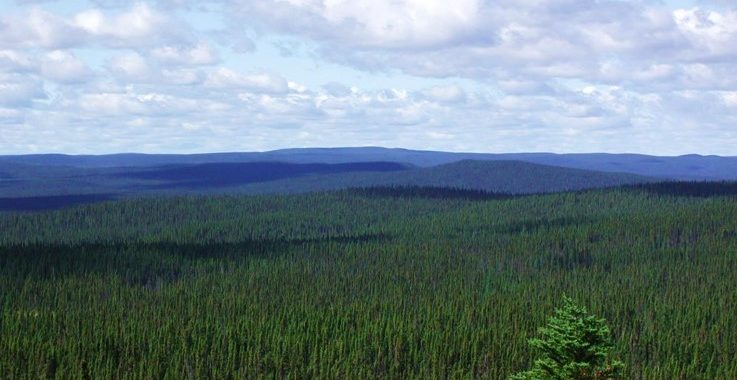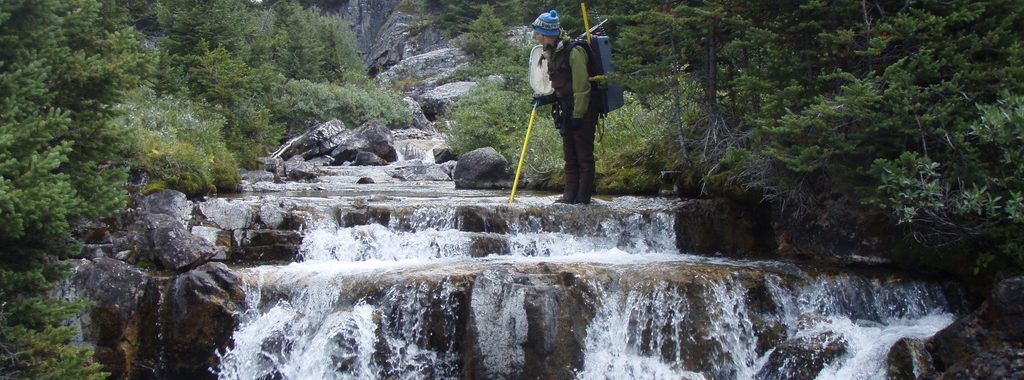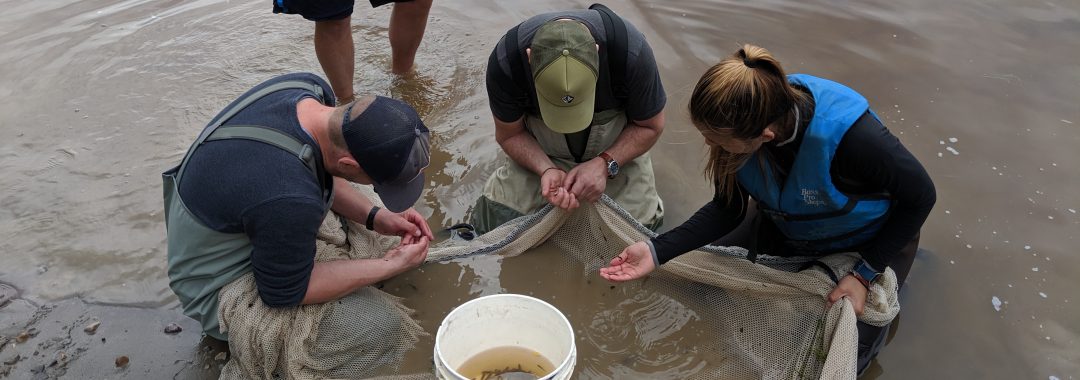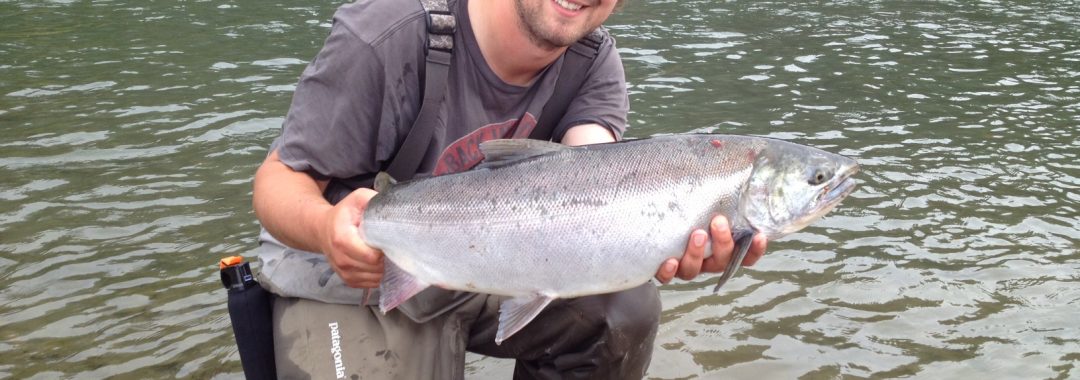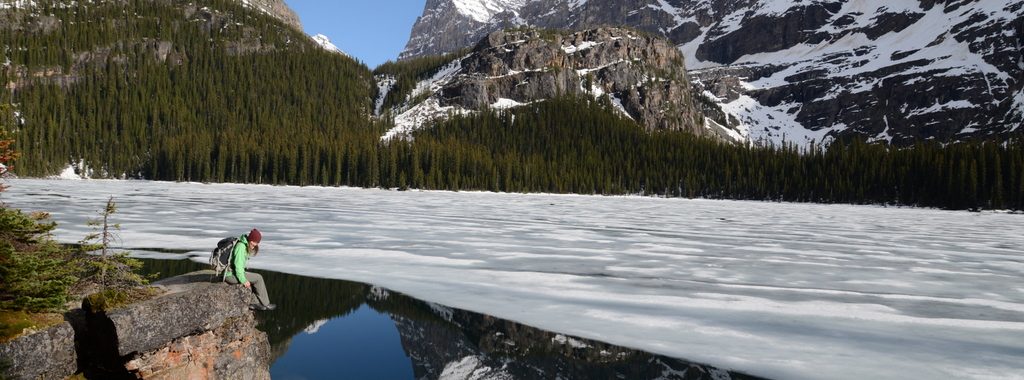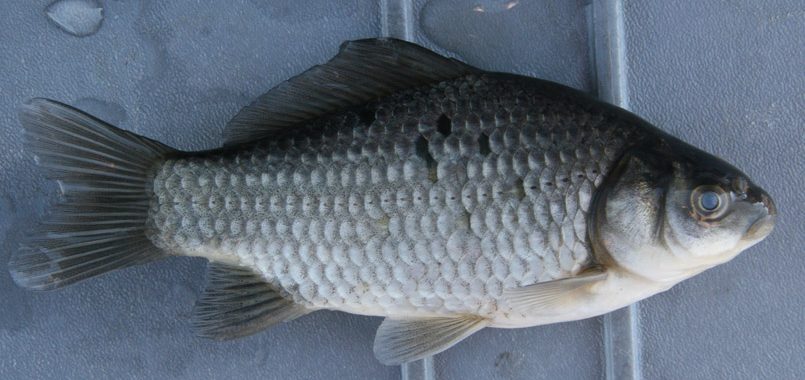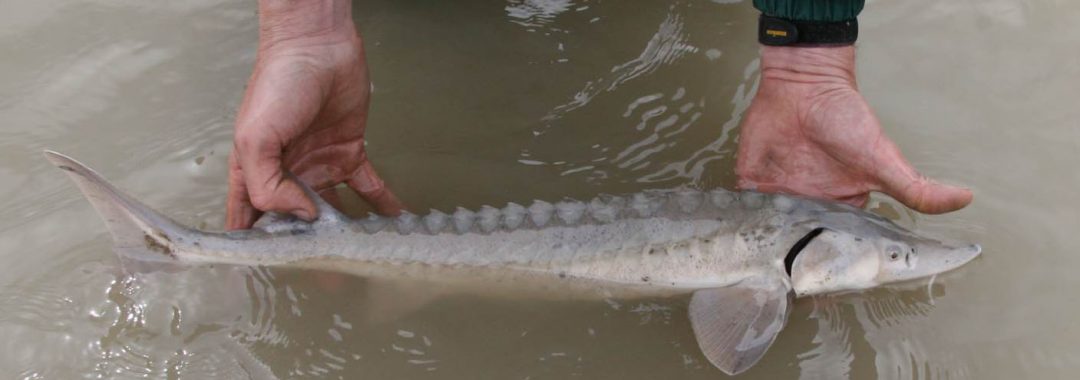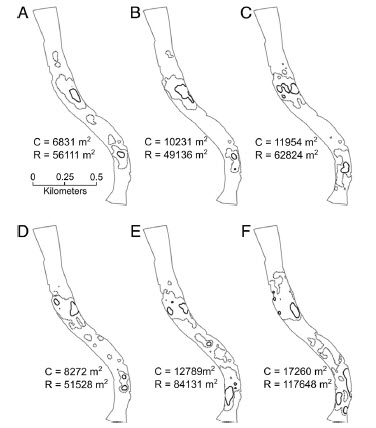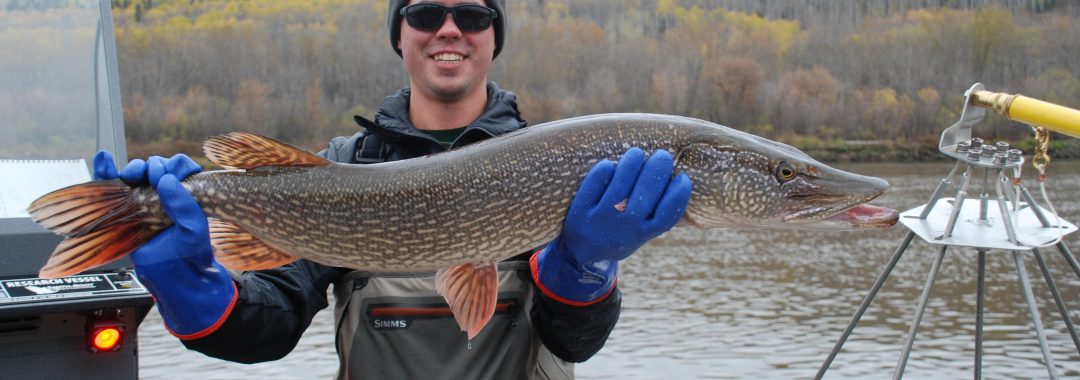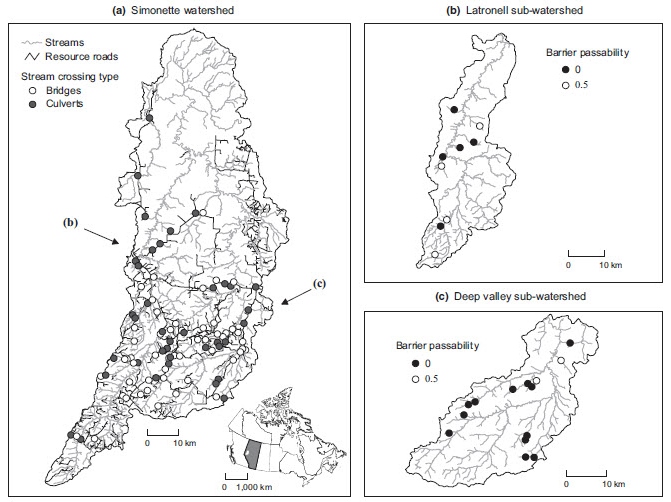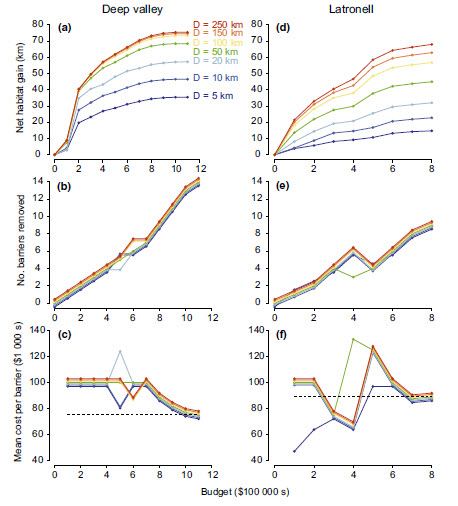Thesis Title: Occupancy and Impacts of the Northern Crayfish (Faxonius virilis) in Tributaries of the North Saskatchewan River Basin
Author: Victoria van Mierlo
Abstract
Invasive species are the second greatest threat to biodiversity globally. Crayfish are especially robust invaders due to their omnivorous nature and ability to compete both directly (resource procurement) and indirectly (habitat occupation and modification) with native species. In the North Saskatchewan River (NSR) basin, the Northern Crayfish (Faxonius virilis) was introduced and has persisted since the early 1990s. Despite the North Saskatchewan River being an ecologically, economically, and culturally valuable watershed, the crayfish’s impacts on Alberta’s native fish communities have yet to be assessed.
We aimed to determine the in-stream environmental characteristics most associated with the crayfish’s occupancy in the North Saskatchewan River and determined which currently unoccupied tributaries are most prone to future invasion. We deployed 24-hour baited crayfish traps and collected environmental measurements (water temperature (°C), turbidity (NTU), flow velocity (ms-1), and physical complexity) at 37 tributary reaches along the Alberta portion of the North Saskatchewan River basin. Northern Crayfish were detected at 13 of 37 tributary reaches, with no occurrences detected west of Edmonton. Occupancy model selection and averaging revealed that water temperature alone drove occupancy of Northern Crayfish in tributaries of the North Saskatchewan River and that streams with mean summer water temperatures greater than 18.7 °C are 50% or more likely to be occupied by Northern Crayfish and thus, are at highest risk for subsequent invasion. Further, we found that streams with mean summer water temperatures below 15 °C were less than 25% likely to be or become occupied by Northern Crayfish. Cold water streams may have some natural protection against subsequent Northern Crayfish invasion.
We sampled ten North Saskatchewan River basin tributaries for F. virilis and six native common-generalist fish species and used stable isotope analysis to investigate if there is sharing of and/or exploitative competition for nutritional resources between F. virilis and native fish species. We also investigated if F. virilis sympatry was related to differences in fish isotopic characteristics and/or reduced condition of native fishes. Moderate overlap (13.8-40.2%) of F. virilis and native fishes’ fundamental isotopic niches indicated that F. virilis have the potential to consume the same resources as native fishes. However, overall segregation of realized isotopic niches indicated a lack of resource sharing between F. virilis and native fishes in NSR tributaries. Similarity between the Bayesian estimated realized standard ellipse areas (SEAB), carbon ranges, and body condition of F. virilis allopatric and sympatric native fish populations indicated that F. virilis sympatry did not have negative trophic effects on the native fish species in this study. Our results suggest that F. virilis may be utilizing dietary plasticity to exploit a slightly different trophic niche than native fishes and in doing so, avoid exploitative competition for nutritional resources. Dietary plasticity could facilitate the establishment and invasion of F. virilis populations in currently unoccupied tributaries of the North Saskatchewan River basin in the future.
The results from this thesis provide practical guidelines for watershed management of invasive Northern Crayfish populations in the North Saskatchewan River and Alberta. Our findings also highlight the importance for watershed managers to continue to prevent further spread of F. virilis in the North Saskatchewan River basin to prevent potential negative impacts on native fish while further research is conducted.


